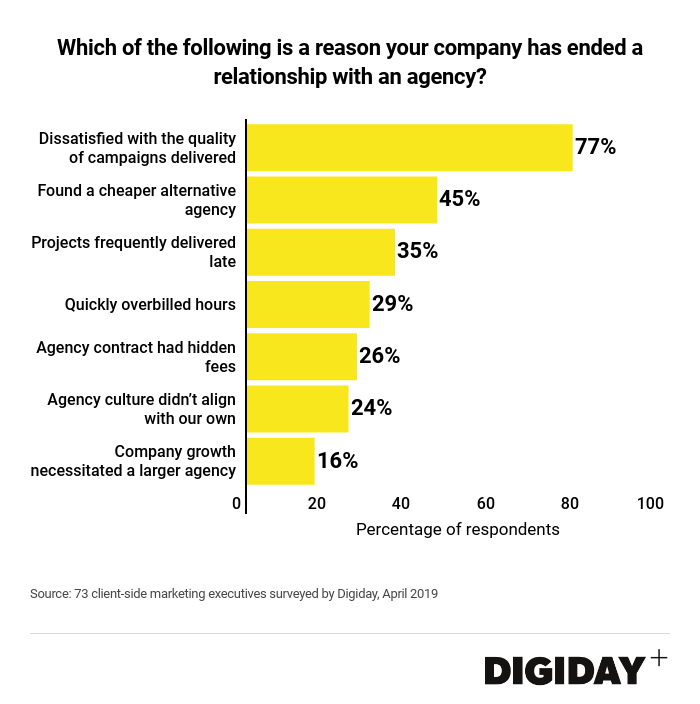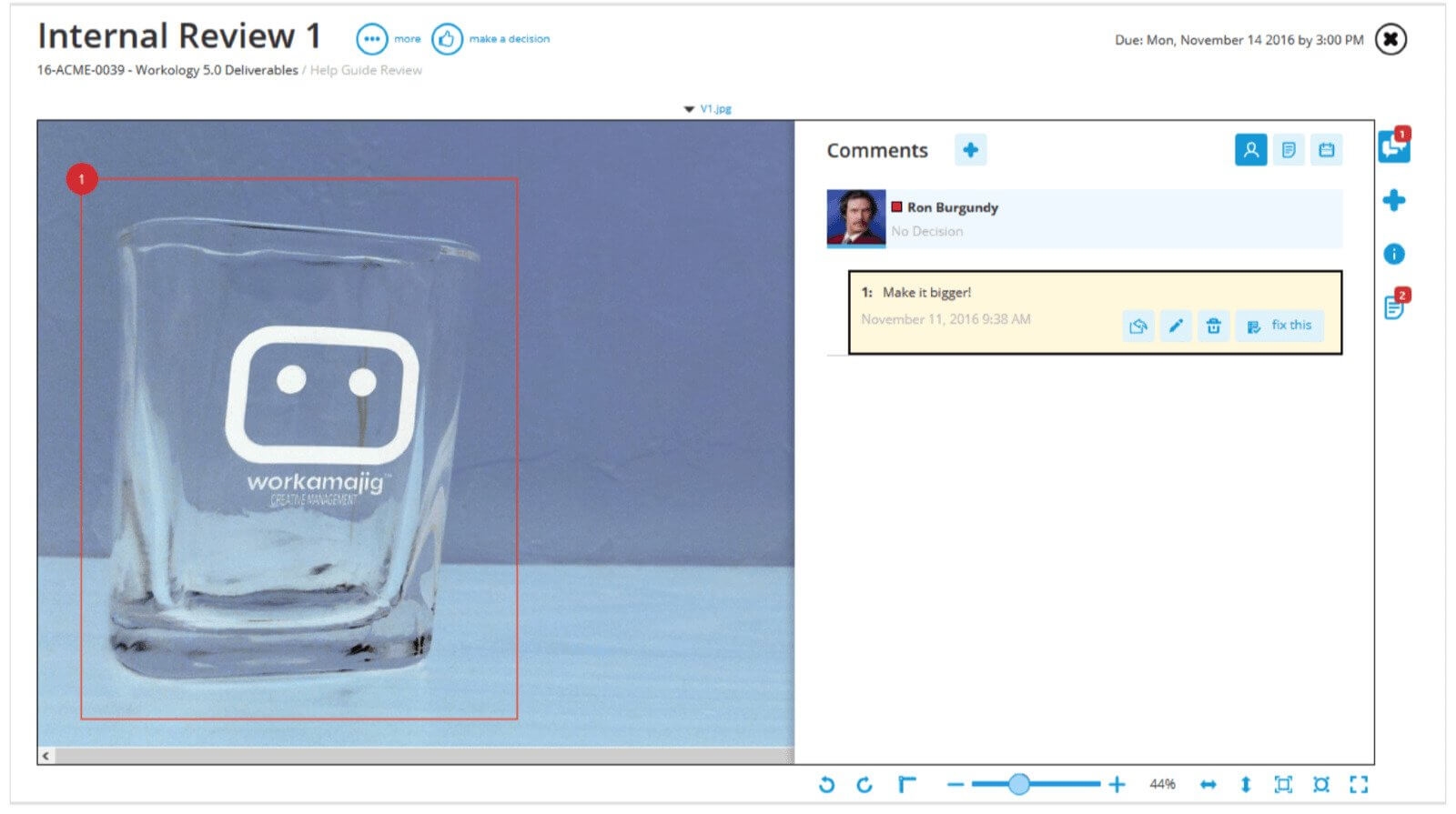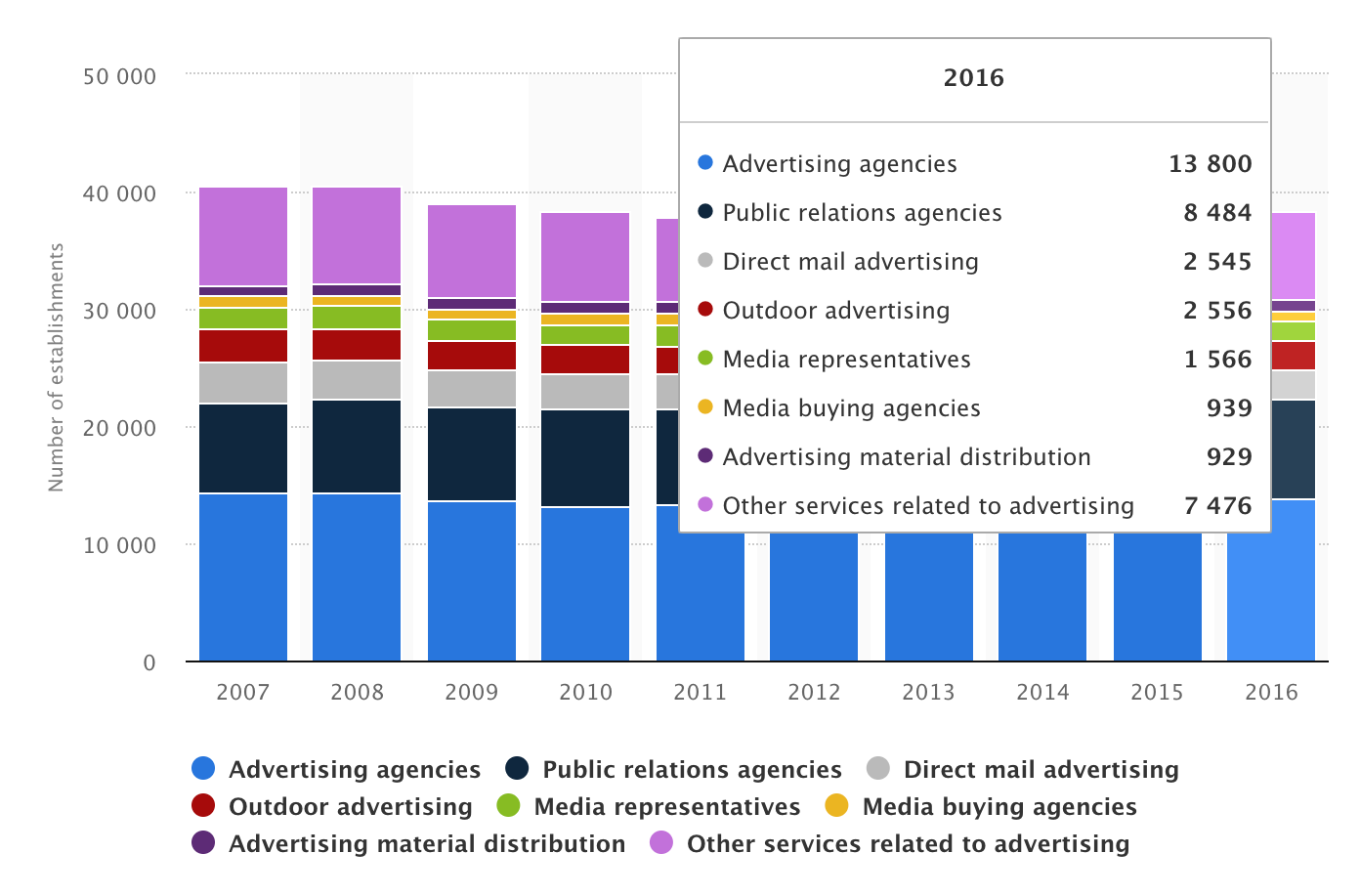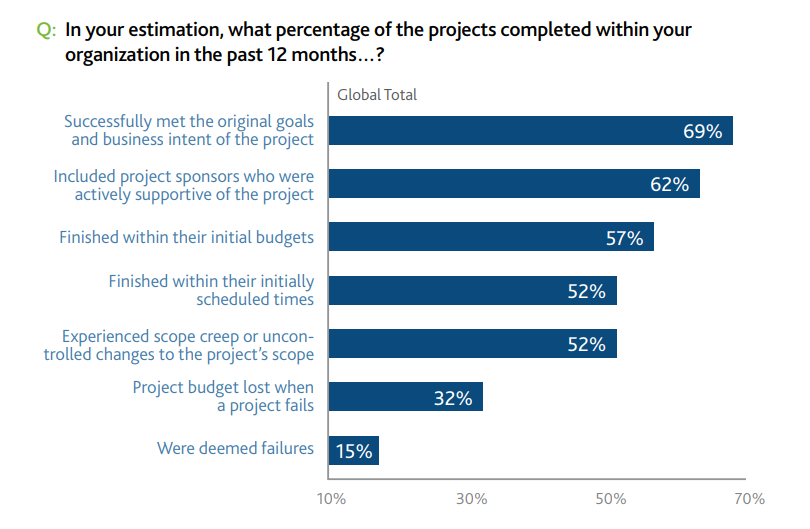— July 14, 2019
Dealing with tough clients is a part and parcel of every agency business. Learn how to deal with difficult clients with 9 strategies in this article.
In agency hallways, conference rooms, and cafeterias, the stories abound. Sometimes shared in hushed tones, sometimes in boisterous tales at late afternoon lunches. Every agency veteran, it seems, has at least one to tell.
I’m talking, of course, about client horror stories.
Dealing with clients lies at the heart of the agency business. Whatever else you might offer, you at least need to be good at dealing with clients.
Unfortunately, being good with clients isn’t always a two-way street. Some clients can make you tear your hair out in frustration. Others can make you want to quit the business altogether.
How exactly do you deal with such clients? Do you simply rely on the old virtues of patience and people skills, or are there actual tactics you can use?
I’ll answer this all-important question in this article. You’ll learn how to identify difficult clients and how to develop a strategy to deal with them.
Not All Difficult Clients Are the Same
The brief for agencies in any agency-client relationship is simple – offer expertise, results, and good service.
Clients, however, don’t always know the part they have to play. They switch their decisions frequently, don’t respond to requests on time, and ask for too many changes too late in the project’s life cycle.
This behavior is rarely out of malice. Clients very seldom, if ever, intentionally treat agency reps (and the project as a whole) poorly.
Rather, they often act this way because:
- They don’t know any better
- Something in their personal/professional life is keeping them occupied
- They’ve been sold an unrealistic vision by the sales/marketing team
Which is why I like to say that not all difficult clients are the same, and your approach to dealing with them can’t be the same either.
You can broadly divide difficult clients into two camps: the clearly difficult, and the unintentionally difficult.
Clearly difficult clients are the kind you hear horror stories about. These are people who want too much work for too little money, who’ll withhold payments, and who’ll be rude to your team. You know them when you see them.
The vast majority, however, are unintentionally difficult clients. These are clients who don’t really know they’re being difficult. Think of clients who:
- Haven’t been educated enough about the service to make quick, informed decisions
- Haven’t been told clearly if something is out of scope
- Are constrained by their company’s policies (say, you want Net 30 payments but their employer only does Net 45 payments)
- Are burdened by professional or personal issues beyond their control
- Inherited a bad situation from an earlier stakeholder
- Were oversold by the sales team and entered the agency-client relationship with different expectations
In these situations, it’s easy to use a broad brush to paint such clients as “difficult”. But more often than not, their difficultness is a result of the agency’s failures. If the PM doesn’t communicate clearly enough, or the sales team sells them an unrealistic vision, is it really the client’s fault if they demand too much or struggle with decision-making?
This is why you can’t adopt the same approach when dealing with all difficult clients. Quarantine and control the clearly difficult clients, but for the unintentionally difficult ones, practice empathy and education instead.
Adopt this philosophy and you’ll find that dealing with hard clients becomes much easier.
9 Strategies for Handling Difficult Clients
A lot of advice online for dealing with difficult clients tends to focus on the customer service aspects of client work.
While a friendly smile and a chipper attitude definitely help, if you focus too much on these tactics, you tend to ignore deeper, more fundamental issues.
If you have a lot of difficult clients, you have to ask: why do you have difficult clients in the first place? Is there something you’re doing wrong?
That’s exactly what we’ll focus on in this section. Apart from specific tactics, we’ll look at some core strategies you need to adopt to handle tough clients.
1. Reorient your prices
Agency veterans will tell you that the more you compete on prices, the tougher clients you tend to get. It makes sense as well – a client on a tight budget will want to cross-check every invoice and demand more from your team.
How do you avoid these clients?
Simple: by reorienting how you sell your services, particularly in terms of pricing.
As we wrote in our earlier article on agency positioning, your client base tends to mirror your positioning. An agency that focuses on value pricing often attracts value-focused clients. If you sell yourself as a cheaper alternative, you’ll get clients who want cheaper work as well.
This essentially locks you in a situation where your work is valued in terms of its cost, not its performance.
It’s a vicious cycle – a “cheap” agency can’t hire top-tier talent, which means that your work remains mediocre, which also means that clients are never truly satisfied.

Pricing remains the second biggest reason for clients leaving ending an agency relationship (Source)
By repositioning yourself as a performance or quality-focused agency, you can avoid landing a lot of these deal-hunting clients. Once you do that, you’ll find that a lot of your client troubles tend to go away as well.
2. Simplify decision-making
Have you ever been to a restaurant where the menu was thicker than War & Peace and the list of cuisines ranged from Austrian to Vietnamese? If yes, did you ever struggle with deciding what to eat?
Clients act the same way when you confront them with too many choices. If you offer them 20 concepts for a logo, don’t be surprised when they take forever to approve a design.
Your goal as a project manager should be to aid the client’s decision making. You can do this by:
- Offering clients fewer options
- Offering tips and advice on making a choice
For example, instead of five, you might offer clients two different strategies for growing traffic. You might also tell them that “80% of our clients choose Option A” to help them decide.
Remember: clients don’t know the industry as well as you do. Client input matters, but it has to also be channeled and controlled. Don’t be afraid to guide them down a path that you know works better for them.
3. Make sure that your communication is watertight
One of the core symptoms of a difficult client is someone who doesn’t respond to requests, ignores deadlines, and doesn’t approve deliverables on time.
While it’s easy to blame these issues on the client, you have to ask: have you done your best to communicate your concerns?
Clients often miss deadlines and requests not because they want to, but because of countless other reasons such as:
- They were never made aware of the importance of the deadline. This is common in situations where missing deadlines in the past had no impact on the project.
- They never knew about the deadline in the first place.
- They weren’t given enough information to complete the request
- The platform you used to approve/reject deliverables was too difficult to use.
All these problems are fixable on your own end. If approving a particular deliverable on time is crucial for the project, it’s your prerogative as a project manager to make sure clients understand that.
So before you start blaming clients, make sure that you’ve covered all your bases as far as communication is concerned. A few simple tips such as using automated reminders and online proofing tools can make your job a lot easier.

In Workamajig, you can ask stakeholders to can review deliverables right from the same project dashboard.
4. Educate your clients
There are some clients who have years of experience working with agencies. They know exactly what is expected of them in this relationship.
Then there are clients who’ve never worked with an agency before. They have little idea what to do and when to do it.
The problem is particularly acute for digital agencies that sell services which aren’t easy to understand. A client might instinctively know what a TV ad campaign is, but something like “inbound marketing” or “digital PR” might be difficult to grasp, especially if you’re dealing with older stakeholders.
The solution to this problem is to invest in client education.
When you get a new client, evaluate:
- How well they understand your core service
- How much experience do they have working with agencies
Create a client education and communication plan based on this evaluation.
How you approach this depends entirely on your agency, your working style, and the contract. With a large client, you might want to invest in hands-on, 1-on-1 training/education. With smaller clients, you might create a drip email sequence to educate them about the service.
5. Understand the client’s situation
Or in fewer words: be empathetic.
The client might be going through a personal or professional issue that’s keeping her from focusing 100% on the project. Maybe they had some illness in the family. Maybe they had a horrible quarter and are expected to downsize. Or maybe the original sponsor left the company and the new one hasn’t had time to catch-up.
While these problems can’t necessarily justify poor client behavior, they can at least explain them. It also helps you discard the mentality of painting them as a “difficult” client.
Instead, you can see them for what they are: good clients stuck in a bad situation. This gives you room to handle the issue with more empathy and patience.
6. Review the promises you make to clients
The agency business is a tough one. By one measure, there are nearly 14,000 ad agencies in the US alone.

The total number of agencies in the US (Image source: Statistia)
This immense competition means that agencies often promise the world to clients. From parading their list of marquee clients to pitching astounding results, agencies are notorious for making exaggerated claims just to land the account.
And what happens when you can’t deliver on these claims?
Unhappy, difficult clients.
One of the first steps in dealing with difficult clients, thus, is to realign client expectations with reality. Review the promises your biz dev team makes to clients. Are you promising them results that you can’t guarantee? Are you passing off your best-case scenarios as the norm?
If clients enter the relationship expecting the extraordinary, delivering the merely good won’t suffice. So work with your biz dev team and get them to review their sales pitch. Try to get a PM to sit in on a meeting to drag things back to reality.
7. Establish standards early in the relationship
Some clients think that they’re the only clients you have and demand all your time. Some others ask for the impossible (and get angry when you can’t deliver).
Problems like these usually have the same origin: you didn’t establish standards and boundaries early in the relationship. If a panicked client called you up at 11 in the night about a mundane issue, and you didn’t tell them it was inappropriate, what’s stopping them from doing the same in the future?
Fix this issue by being clear and upfront about your standards. Clients should know exactly what is appropriate and what isn’t. They should also know everything that is included in your service and what isn’t.
If they want more than the original brief, make it clear to them that it will cost them more as well.
This isn’t easy to do of course – agencies are often scared of crossing clients – but the earlier you do it in the relationship, the happier you’ll be.
8. Keep a record of everything
Does the client ask for too many changes too late in the project stage? Do they argue about including extras that were not a part of the original agreement? Do they delay approving a deliverable, then deny that they ever received it?
All of these issues are avoidable by simply keeping a record of everything.
Managing change requests formally (instead of an informal “I’ll get it done”), for instance, can serve as an insurance against scope creep. It keeps clients in the loop about the changes they’ve requested and ensures that things don’t get too much out of hand.

52% of projects experience scope creep, according to PMI (Source)
Similarly, by keeping track of deliverables (even using a deliverable sign-off sheet [include link]) ensures that clients know the project is well on track.
Data is your friend against angry clients. Keep track of things so you have evidence to point to in case a client demands the impossible.
9. Don’t be afraid to cut your losses
Finally, you’ll sometimes come across clients who will just never be satisfied. No matter what you do, they’ll demand more.
Worse, they’ll be rude to your team and kill the morale across your entire organization.
With such clients, don’t be afraid to show them to the exit sign. Whatever money their account brings in isn’t worth destroying your sanity over. Especially if it affects your team as a whole.
Remember that agencies thrive on talent. Losing one client and retaining a happy, skilled team is always a good trade.
Over to You
Handling tough clients is part-and-parcel of the agency business. While patience and fortitude are definitely valuable virtues to have in such situations, a well-rounded strategy will serve you better. Follow the tips I shared above to make dealing with difficult clients easier.
One way of improving your client interactions is to use better project management software. Try Workamajig today to see how it can transform the way you deal with clients.
Business & Finance Articles on Business 2 Community
(49)
Report Post



